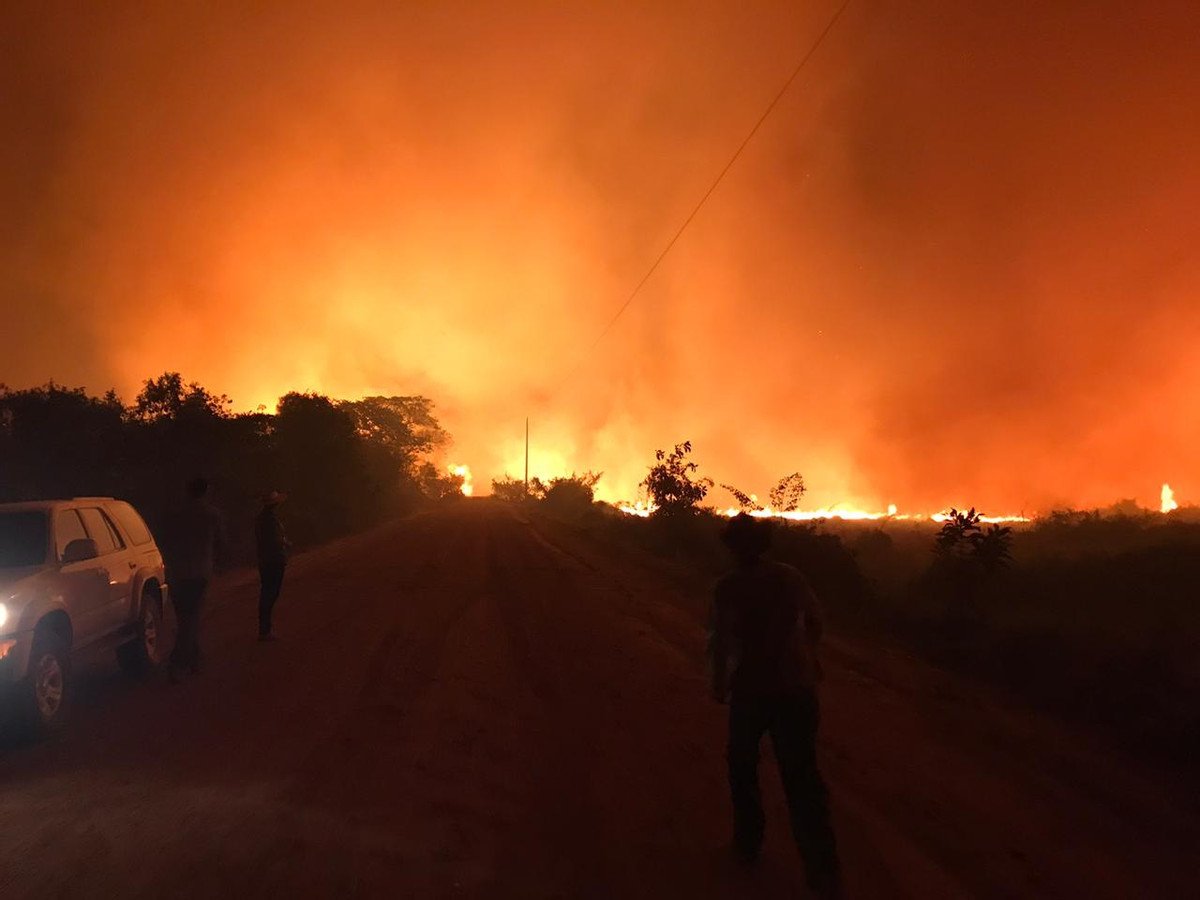Story at a glance…
-
These 1,500 jaguars have been killed or displaced, amounts to 2% of the global population.
-
Jaguars can’t survive in many kinds of degraded landscape, and so the 1,500 number is a conservative one.
-
Panthera, a big cat conservation group, says many things can be done to save jaguars, but without forest protection, nothing else matters.
While the jaguar is one of the world’s most successful and adaptable big cats, 2% of the global population is estimated to have been killed or displaced by deforestation and fires in the Amazon Rainforest since 2016.
The result of careful monitoring by Panthera, a global wildcat conservation organization, the study warns that 1,470 is a conservative estimate and that some of the knock-on effects of deforestation are not accounted for, but which could just as easily result in jaguar death.
An average of 300 of the spotted predators lose their lives every year to fires, deforestation, and conflict with humans, and despite a robust population, it’s a state of affairs that cannot continue for long. Panthera estimates jaguar numbers could fall faster in the coming years as habitat fragmentation reduces genetic diversity and isolates cats in areas that may not contain the resources they need to survive.
Furthermore, secondary-growth forest, a scientific term for the gnarly impassible overgrowth that crops up in the wake of a fire, is ignored completely by jaguars. If forests aren’t restored to a more first-growth state, characterized by tall trees and limited undergrowth, jaguar populations will continue to fragment.
“It’s important to remember that the results of our study represent just a small sub-sample of the actual number of jaguars affected by fires and deforestation across the species’ entire 6 million kilometer range, which extends from Mexico to Argentina,” says Panthera Conservation Scientist and study co-author Fernando Tortato, via email.
“As deforestation continues to increase, jaguar populations will gradually become more vulnerable. Therefore, we must act now so that the jaguars of the Amazon do not follow the same path as jaguar populations in other more threatened biomes, such as the Atlantic Forest”.
Panthera has led successful conservation work for the jaguar through their Jaguar Corridor Initiative, an effort to ensure a genetic pathway for jaguars in Argentina, to freely, if they should choose to do so, walk all the way to Mexico.





